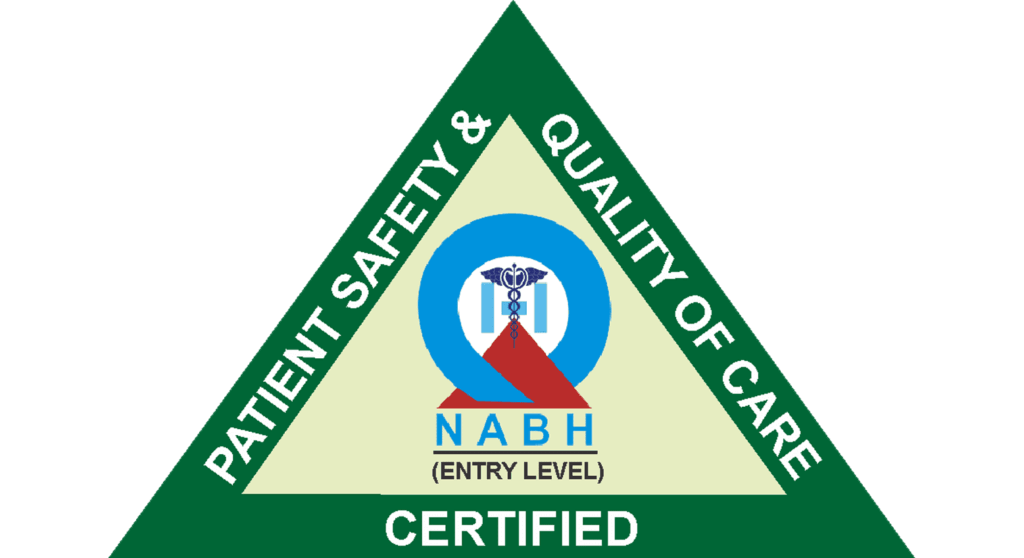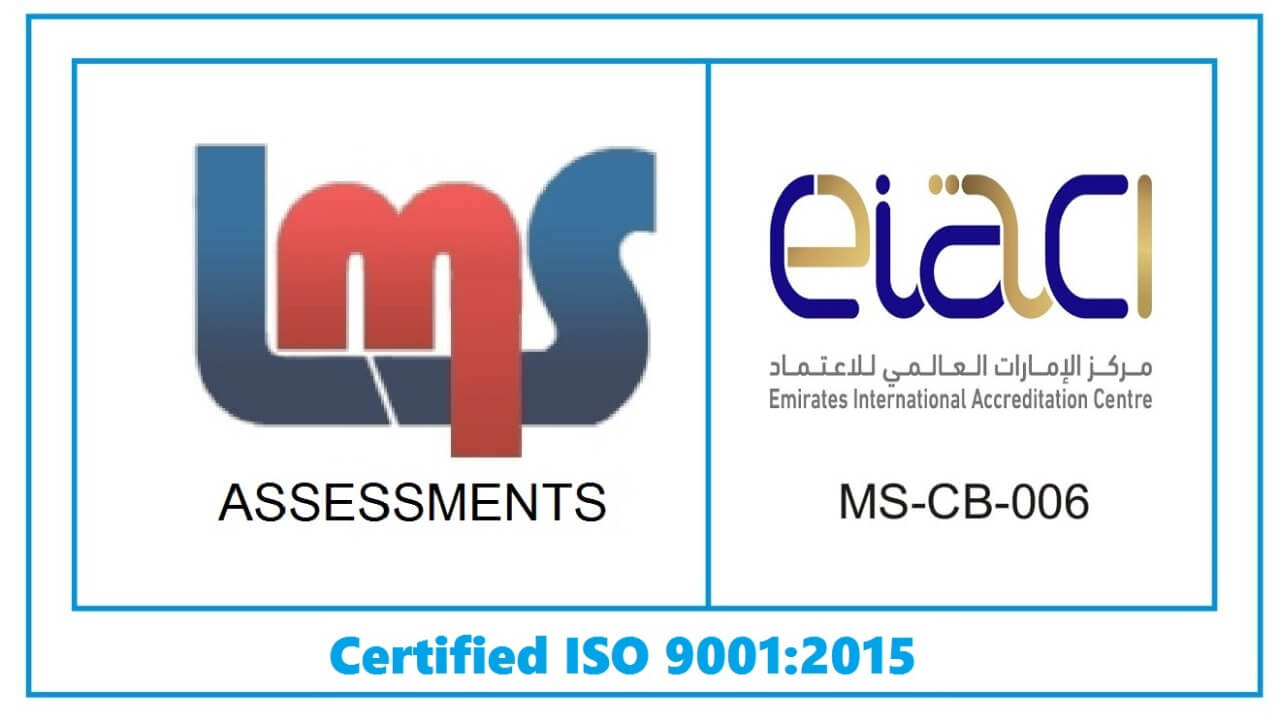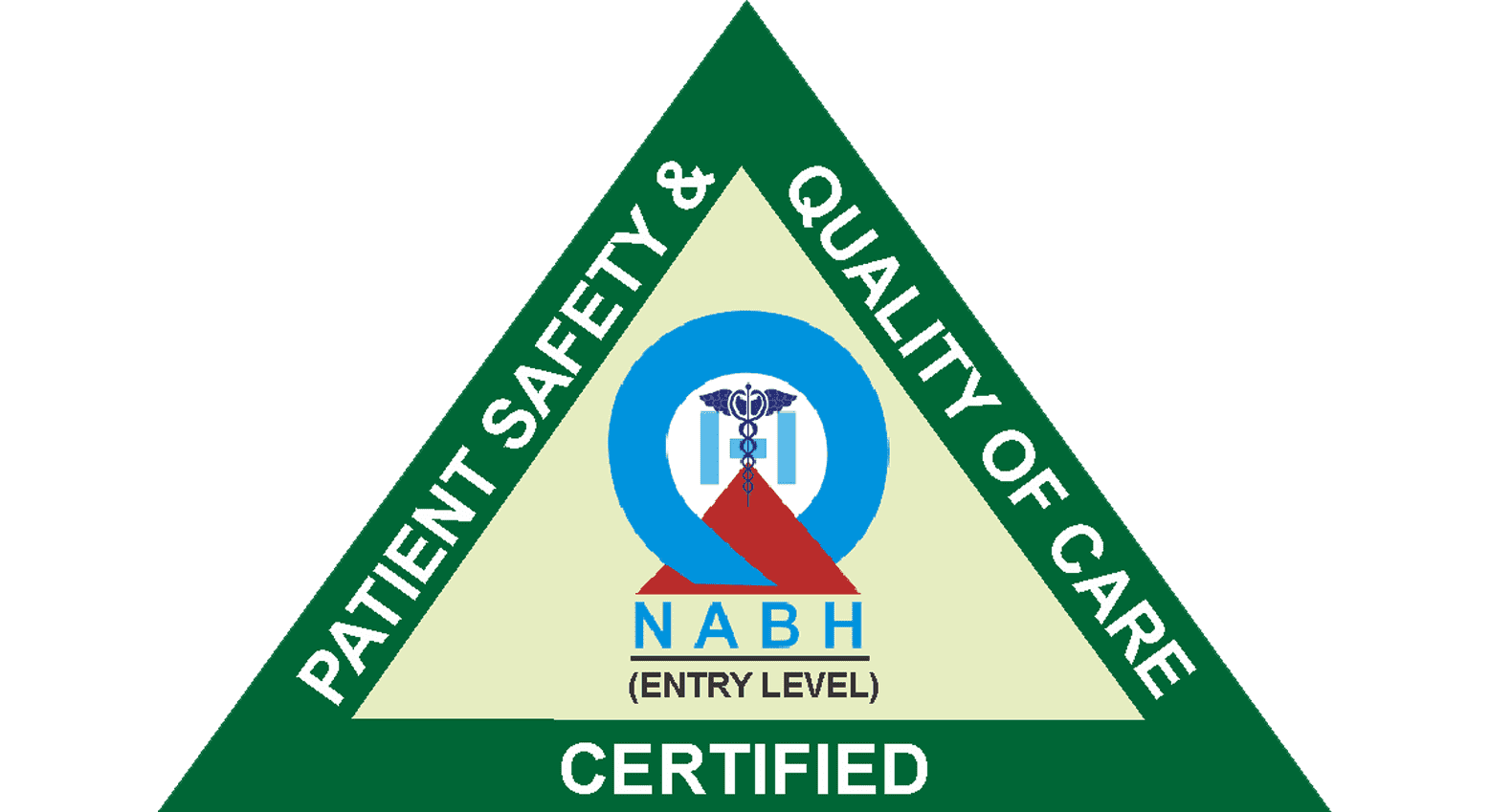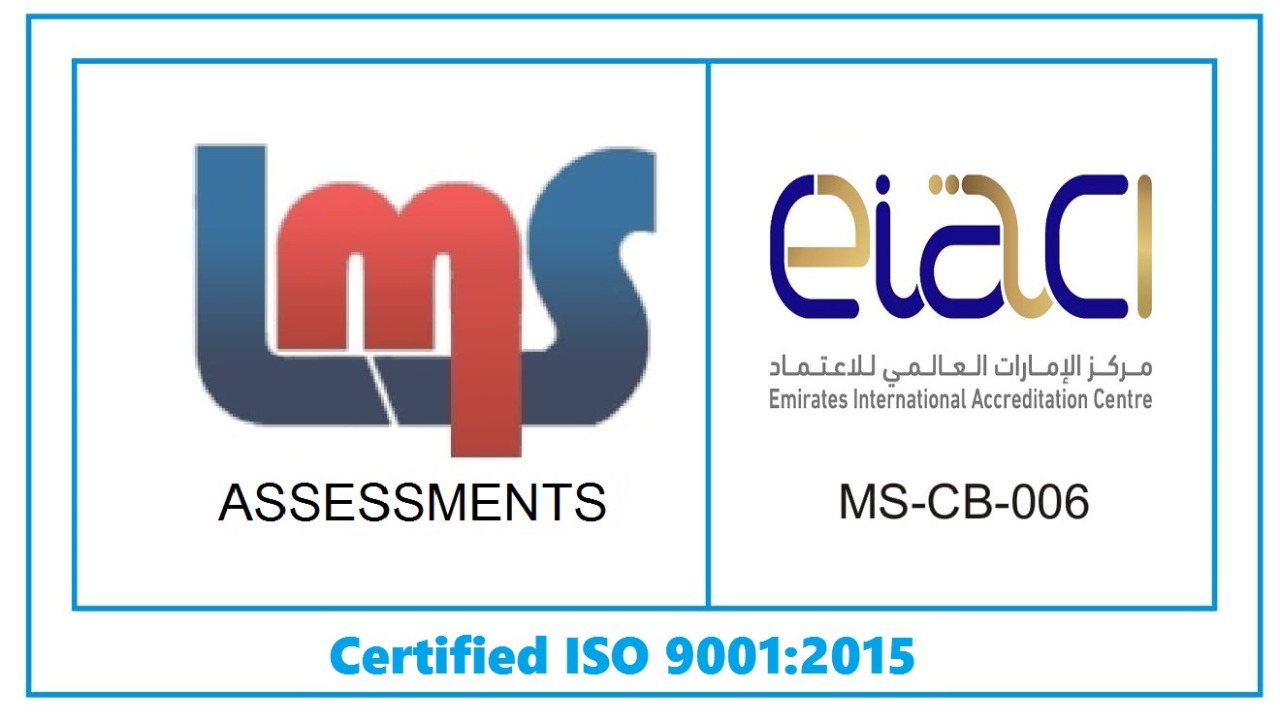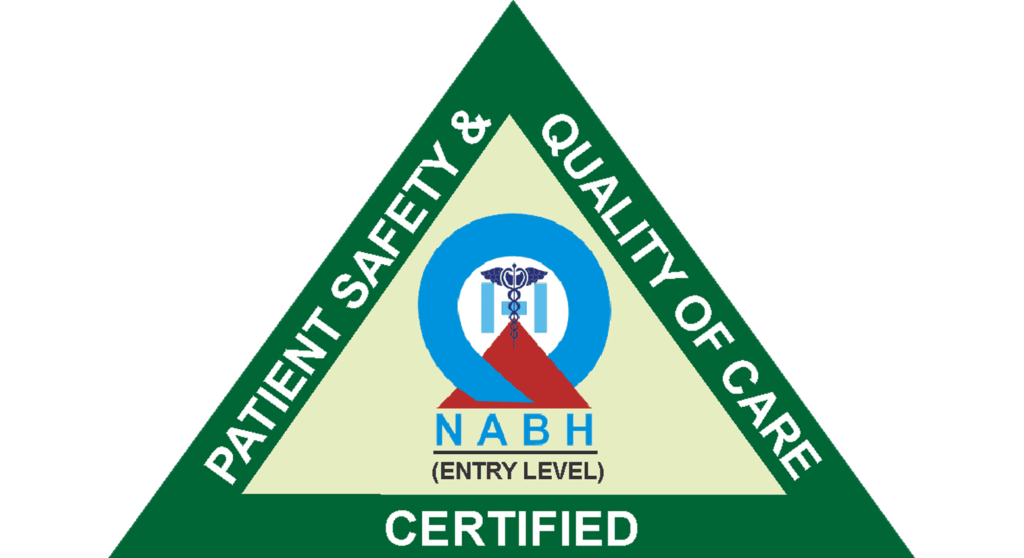Cataract Treatment in Vileparle and Santacruz
Cataract Diagnosis & Treatment

Best Cornea Specialist In Mumbai
What is Cornea?
Cornea is the clear covering of the eye. It refracts or bends light as it enters the eye to focus it on the retina. If cornea is affected vision is compromised. Cornea problems can cause eye redness, watering, pain and other symptoms depending upon the cause and severity of the problem. If left untreated corneal problems and diseases may lead to blindness.
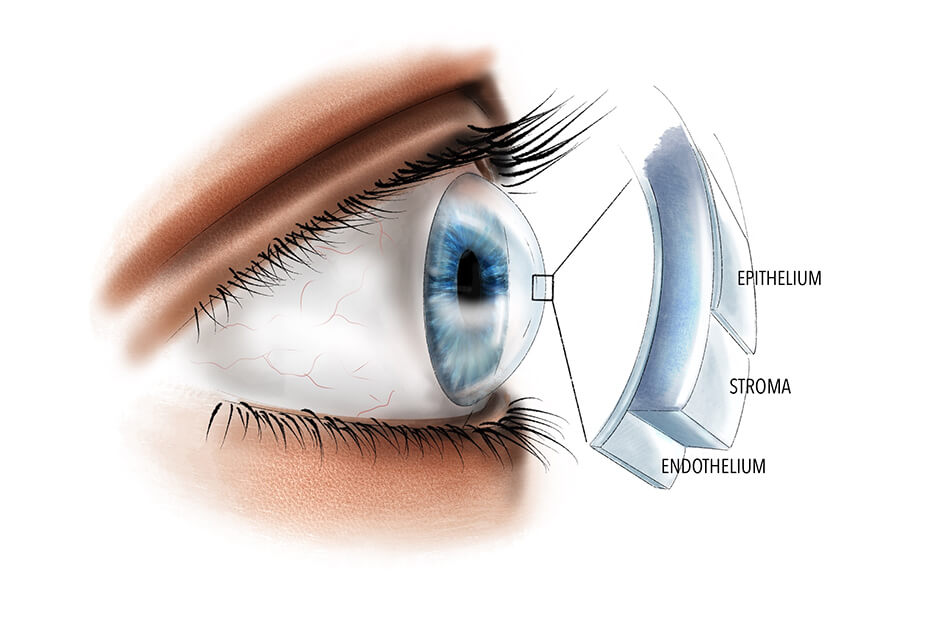
Cornea Symptom Checker
- Blurring of Vision
- Cloudiness / Whitening of Cornea
- Pain
- Sensitivity to Light
- Mass Growing on Cornea
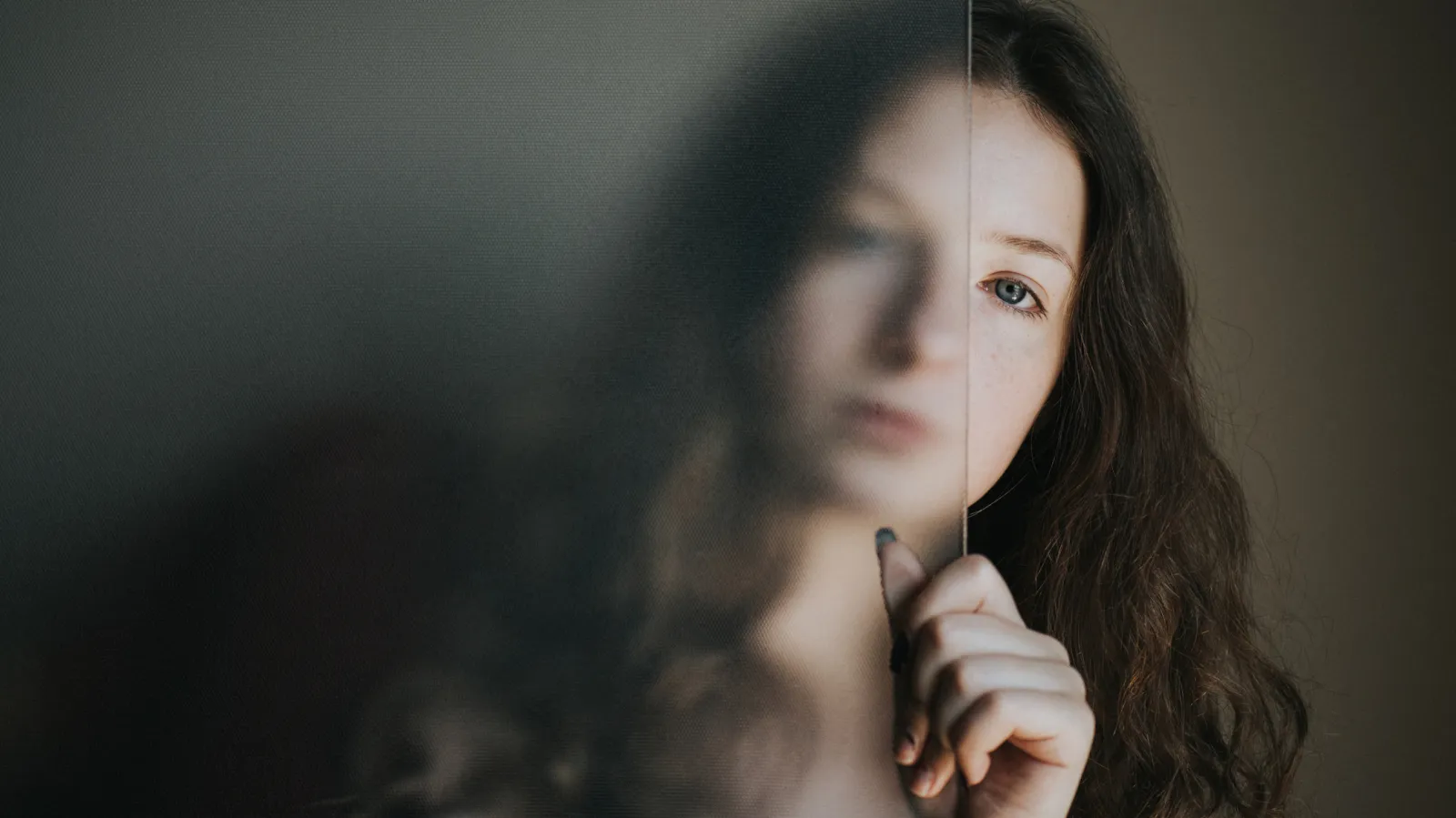
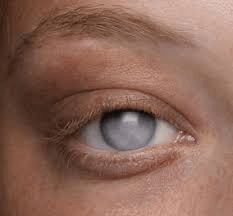
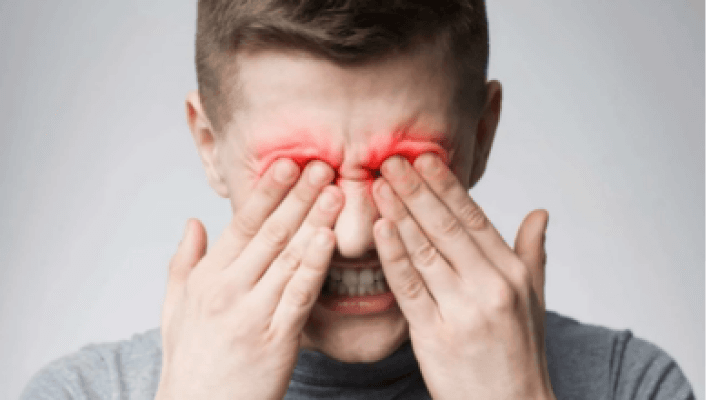


Corneal Services
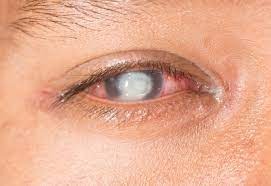
Infectious Disease
Eye infections need to be addressed immediately in a systematic and meticulous way to prevent long standing sequelae in the form of ocular surface disturbances and visual complications. We have expertise in providing accurate diagnosis with effective management of corneal ulcers , infectious conjunctivitis and other eye infections.
Trauma Care
- Corneal tear secondary to road traffic accidents and other injuries.
- Chemical injuries including alkali and acid secondary to occupational hazards.
- Firecracker injuries and thermal burns.
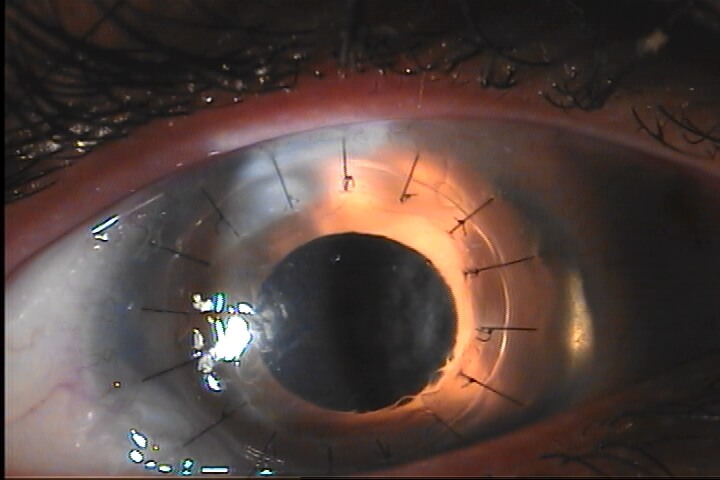

Pterygium
Pterygium is also known as Surfer’s eye. It is an extra growth that develops on the conjunctiva or the mucous membrane that covers the sclera (white part of the eye). It usually grows from the nasal side of the conjunctiva.
Ocular Surface Reconstruction Clinic
Irregular ocular surface occurring secondary to adverse reactions to medications , ocular injury due to acid / alkalies (chemical substances ) or other conditions in which the cornea and conjunctiva are badly scarred and lose their normal architecture is rehabilitated to restore a relatively normal ocular surface by various advanced procedures like:
- Amniotic Membrane Graft
- Simple Limbal Epithelial Transplantation
- Mucous Membrane Graft
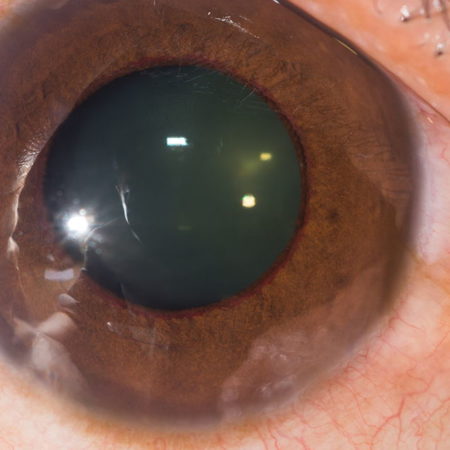
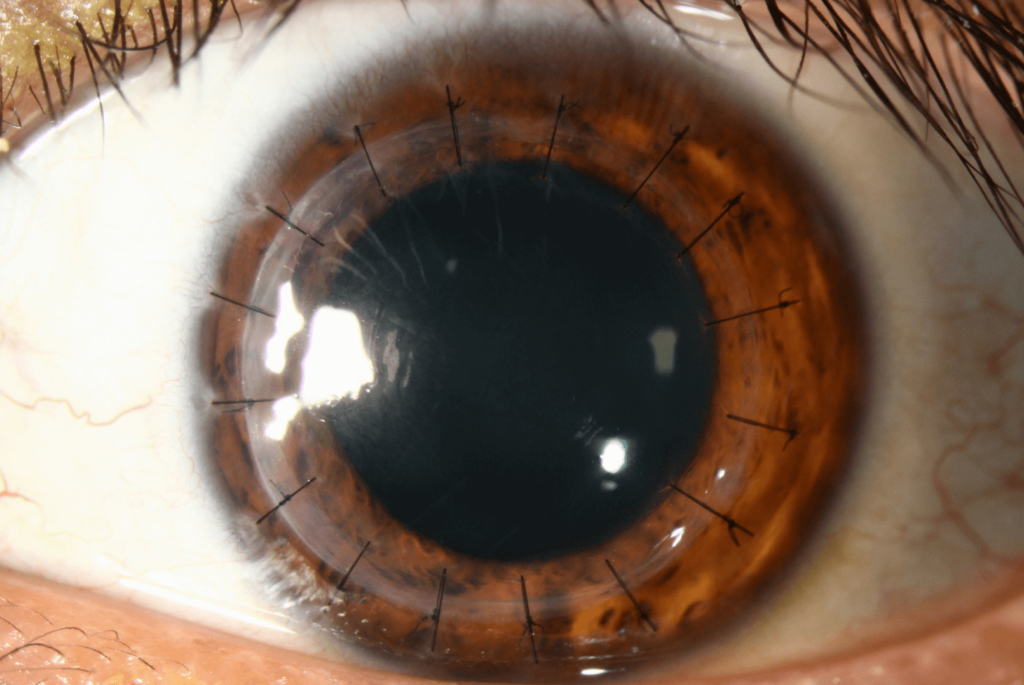
Corneal Transplant (Keratoplasty)
Corneal Transplant is a procedure performed for end stage corneal conditions where the cornea becomes cloudy and the vision drops below an acceptable level.
The cloudy cornea is removed and a donor cornea received from a deceased individual is transplanted into the eye.
Cornea Doctors

Dr. Nitin Balakrishnan
Cataract & Refractive Surgeon

Dr. Nikhil Nitin Balakrishnan
Cataract & Refractive Surgeon

Dr. Pavitra Patel Balakrishnan
Cataract & Refractive Surgeon

Dr. Kareeshma Wadia
Cornea Surgeon
Cornea Patient Reviews
My uncle recently under went retinal
treatment by dr. Aniruddh.The treatment was effective and he has recovered well.The infrastructure was very modern. The staff was very polite and helpful
Sara's channel
My mother recently went for retinal
condition by Dr Aniruddha. She was
diagnosedwas very prompt and the machinery was state of the art. The treatment was seamless and the staff were very helpful and cooperative during the entire procedure. I would highly rate the clinic for all eye related conditions
Ansari Shaheen
Frequently Asked Questions
WHAT ARE THE CAUSES OF A WHITE SPOT ON THE CENTRAL BLACK PORTION OF THE EYE AND WHEN SHOULD I MEET MY OPHTHALMOLOGIST?
The central part of the eye’s front, called the cornea, is normally clear but can develop abnormal white spots due to issues like infections, scars from injuries, age-related changes, genetic dystrophy, or swelling. Any white spot on the cornea can potentially lead to vision problems. Seeking an ophthalmologist’s evaluation is crucial for appropriate medical or surgical treatment, depending on the underlying cause.
WHY ARE MY EYES CONSTANTLY TIRED WHILE WORKING ON COMPUTERS AND WHAT IS COMPUTER VISION SYNDROME?
Prolonged screen time, such as working on computers or mobile devices, can lead to computer vision syndrome, causing eye strain and fatigue. This happens because the eye muscles struggle to recover from continuous close-up focusing, often resulting in dry eyes. Preventive measures include taking regular breaks (every 20 minutes for at least 20 seconds), maintaining a proper distance from the screen, adjusting screen brightness, using anti-glare glasses, blinking often, and applying lubricating eye drops to alleviate symptoms.
WHAT IS CONJUNCTIVITIS OR MADRAS EYE?
Conjunctivitis, commonly known as Madras eye, is an infection affecting the eye’s surface caused by viruses or bacteria. Symptoms include redness, watery eyes, and sometimes blurred vision. The infection typically resolves within 2-6 weeks and can spread through direct contact during the initial 1-2 weeks. Appropriate treatment involves using prescribed eye medications and practicing good hand hygiene to prevent its transmission.
WHO CAN BE A CANDIDATE FOR EYE DONATION AND WHAT IS THE DONATED EYE USED FOR?
Any person, regardless of age, can donate their eyes after death (preferably within 6 hours). The cornea and sclera from the donated eyes are used for transplantation surgery. No donations go to waste. The only reasons for not using the donated tissue for surgery include the presence of specific cancers or infections in the donor that could pose a risk of transmission to the recipient. However, such donations can still be employed for training and research purposes.
WHAT DOES CORNEAL TRANSPLANT SURGERY INVOLVE?
When diseases affect the clear front central part of the eye, known as the cornea, they can result in blindness. In cases where medication is insufficient, a surgical solution called corneal transplantation is necessary. This procedure entails replacing either the complete cornea or specific layers of it with healthy corneal tissue obtained from a deceased donor.
WHAT ARE THE AVAILABLE OPTIONS FOR COSMETIC CORRECTION OF A BLIND EYE?
When an eye lacks vision and cannot be rehabilitated visually, cosmetic corrections might be considered. These address issues like whitish discoloration, protrusion, and misalignment. Choices include wearing a colored contact lens, applying a black/brown pigment for corneal tattooing, undergoing squint correction surgery, or opting for evisceration followed by a prosthetic eye implantation.
WHAT ARE THE DOS AND DON’TS OF CONTACT LENS USE?
Contact lenses are thin, transparent devices used for vision correction, placed directly on the cornea. To maintain hygiene and eye health, it’s advised to regularly clean lenses before and after use, limit daily wear to 8-9 hours, avoid overnight use, replace lenses as recommended, and prevent direct contact between the lens and dust/water. If you experience redness or discomfort while wearing lenses, remove them immediately and consult an eye specialist.
WHAT IS KERATOCONUS AND WHAT ARE THE OPTIONS AVAILABLE FOR ITS MANAGEMENT?
Keratoconus involves gradual corneal thinning and bulging, leading to visual impairment, distortions, and corneal whitening. Treatment choices encompass eyeglasses, contact lenses, corneal crosslinking (strengthening), intracorneal rings, laser vision correction combined with crosslinking, and implantable collamer lenses. Timely detection and management are crucial for achieving favorable outcomes.

